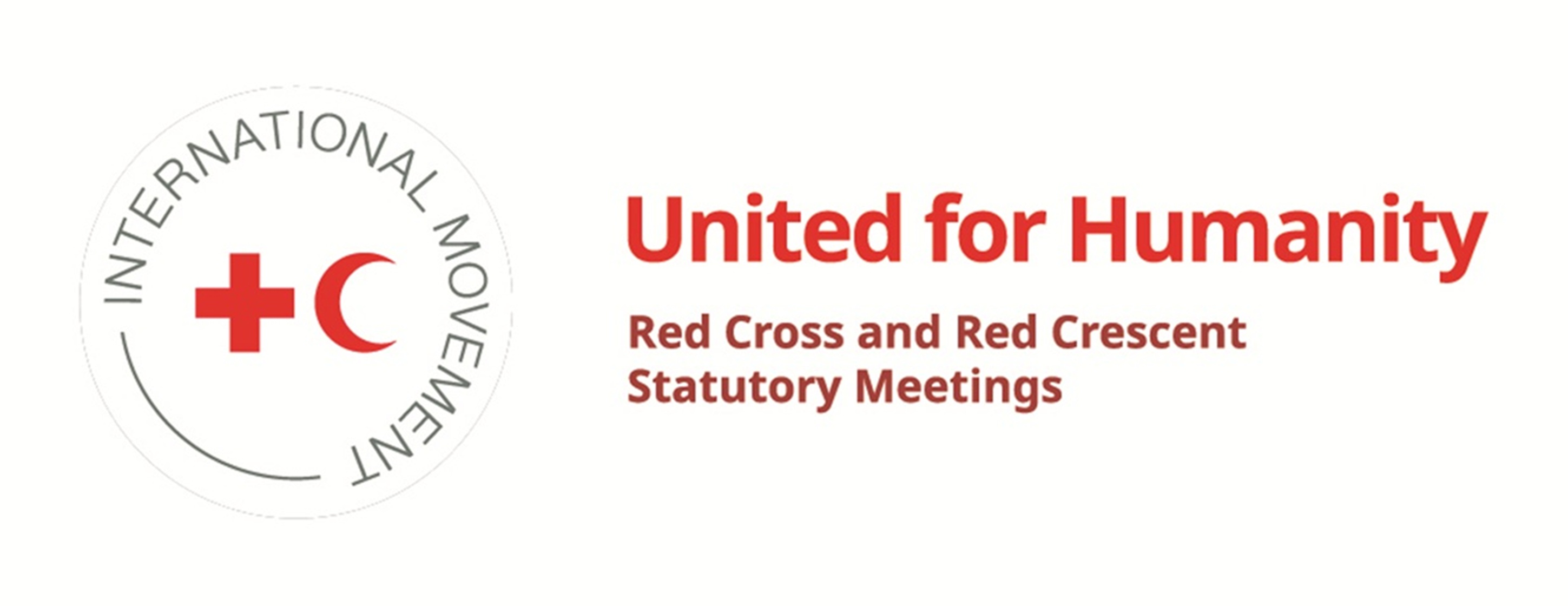Has your State/National Society/Institution incorporated the commitments contained in this resolution into the relevant strategic or operational plans?
YesThe commitments are incorporated into:
Strategy
Operational plan
At the International, National, Local level
Explanation:
• At the international level, Canadian Red Cross (CRC) developed a program to enhance pandemic and epidemic preparedness in partnership with the Bulgarian Red Cross. The program focused on capacity strengthening and providing essential support to Ukrainian refugees. CRC also supported the Syrian Arab Red Crescent Society in the development of PHiE unit and roadmap. Through the IFRC CP3 project, CRC supported Cameroon Red Cross in the development of a cholera response plan.
• Nationally, CRC’s strategy has focused on Health in Emergencies which includes Epidemic and pandemic preparedness and response. CRC developed multiple operational services in response to COVID. These services evolved into a broader roadmap for outbreak preparedness and response. CRC has also created a public health roster domestically.
• At the local level, during the COVID-19 pandemic, CRC supported various geographical branches in developing and implementing operational plans to effectively respond to the crisis.
Has your State/National Society/Institution been working with other partners to implement the commitments contained in this resolution?
YesPartner with:
Government and/or public authorities
ICRC/IFRC
Other National Red Cross or Red Crescent Societies
Academia
Examples of cooperation:
– Government/ public authorities: Liaised with government and public authorities at all levels during COVID response and responded within auxiliary role. Continued discussions with government and public authorities in coordination to preparedness, epidemic/pandemic response national and internationally.
– IFRC/ ICRC/ RCRCS: Strengthened epidemic/pandemic preparedness and response through bilateral programming and IFRC CP3 Programming (e.g. Bulgaria, Syria, CP3 countries – specifically Sierra Leone, Guinea, Kenya), including development of response plans and disease specific contingency plans. Deployment of ERUs during the COVID pandemic. Lead development of Public Health ERUs specifically for safe and dignified burial. Climate based assessment including impacts of epidemic/pandemic was completed in coordination with the Nepal Red Cross.
– Academia: Hosted Canadian Field Epidemiologists training site for the Public Health Agency of Canada. One Field Epidemiologist completed the two-year training in 2023 and CRC will host another trainee this year.
Have you encountered any challenges in implementing the commitments contained in this resolution?
YesWith challenges on:
Funding constraints
Competing priorities
Details about challenges:
CRC has the capacity to respond effectively but lacks sufficient funding. CP3 serves as a successful example of shared funding. A platform is needed to improve access to funding. Epidemic and pandemic readiness and preparedness are often less appealing to donors compared to medical, clinical, and large-scale humanitarian responses. There is a notable decrease in funding post-COVID, despite the increased recognition of the importance of pandemic preparedness and response.
Have the commitments contained in this resolution had an impact on the work and direction of your State/National Society/Institution?
YesType of Impact:
Cooperation between Government/public authorities and National Society has been strengthened
Programming and operations have become more effective and efficient
Partnerships with other humanitarian actors have been created or enhanced
Training and capacity of staff and volunteers has increased (for National Societies)
Details about the impact:
– CRC actively engages with government and public authorities to establish partnerships related to epidemic and pandemic preparedness and response.
– There is increased recognition of the importance of including epidemics as hazards in response and contingency plans.
– CRC is continuously working towards improved domestic outbreak management.
– CRC supports youth engagement and volunteer development by integrating them into research teams and supporting efforts in epidemic and pandemic preparedness and public health engagement.
Have the commitments contained in this resolution had an impact on the communities that your State/National Society/Institution serves?
YesDescription of the impact:
– CRC has seen an increased openness to outbreak-related programming at the local level.
– Continuing efforts to enhance our capacity.
– CRC has been providing community support within long-term care, Indigenous communities, prison systems, border crossings, migrant worker support, and youth engagement in public health initiatives.



